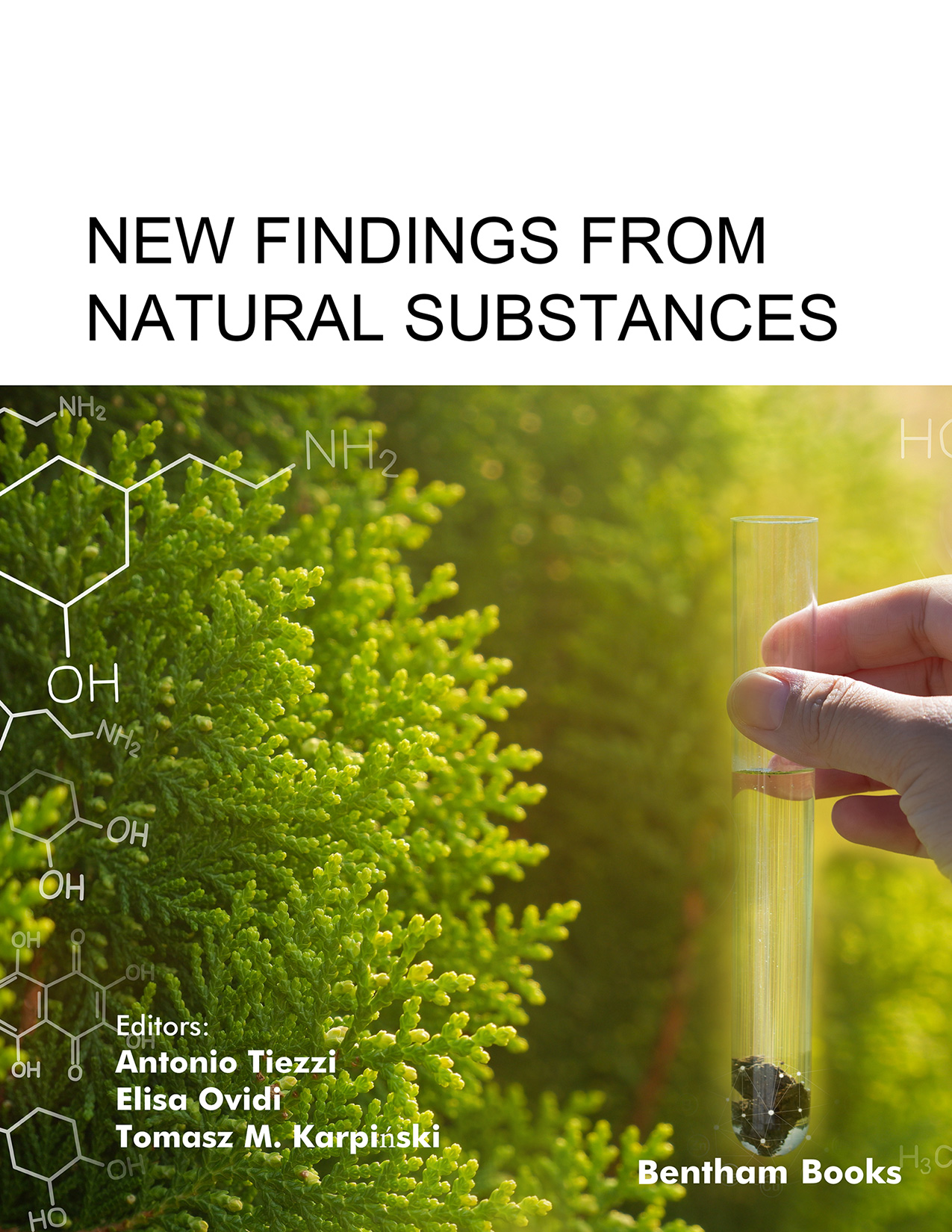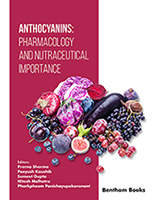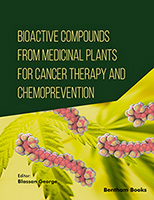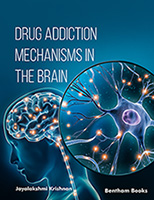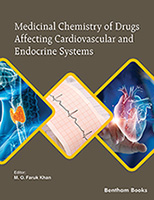The use of a "phytocomplex" instead of a monomolecular drug is what characterizes modern herbal medicine in the field of medical disciplines. The official definition is given by the World Health Organization (WHO), the European Medicines Agency (EMA) and the Italian Medicines Agency (AIFA) focuses on the use of medicinal plants and their preparations for therapeutic purposes without highlighting any distinction within official medicine.
This concept has always supported the use of medicinal plants for the treatment of numerous diseases. Since prehistoric times, when the casual use of leaves, roots, or seeds had shown useful effects for the healing of wounds, lowering fever or reducing pain, up to Paracelsus who, in the early 1500s, criticized the medical thought of the time and promoted a philosophical vision of nature as the custodian "of the cure for every disease". Paracelsus argued that the healing powers contained in nature had to be found and used, and identified it in plant extracts, containing the "quintessence", the true strength of the medicine capable of healing. With the birth of the scientific thought of Galileo and Newton, a new phase began, where the phytocomplex was gradually replaced by single isolated active ingredients, up to the synthetic pharmaceuticals with the creation of acetylsalicic acid in 1897.
The observation of some iatrogenic reactions and the simultaneous birth of nutraceuticals in 1989, led at the turn of the new millennium to a rediscovery of the preventive and curative power of plant species, first food and then medicinal, much appreciated by an increasing number of "consumers". In turn, this induced the pharmaceutical industry (especially with food supplements) and the whole world of research to focus on the phytochemical and biological characterization of a large number of plant species and phytocomplexes, in full compliance with the original definition of phytotherapy mentioned above.
This has led to an incredible increase in the scientific production that revolves around compounds of natural origin, whose pharmacological aspects have been highlighted, which has at the same time allowed the development of new extraction techniques, on the one hand, and new clinical applications on the other.
The historical passages described above, far from being just a trace of the past, often represent the starting point of a study that finds a basis for the scientific investigation in the traditional uses. In accordance with the principles of modern pharmacology, this has often allowed not only to confirm the therapeutic activity of plants and plant extracts traditionally used in ancient medical treatment but also to expand this use by assigning the spectrum of action of medicaments (phytocomplexes) which are polyfunctional both for their various chemical composition and for the extraordinary biological potential of many natural compounds. An increasing number of studies are aimed at elucidating the activity of isolated compounds, such as flavonoids, alkaloids, or terpenes, but above all phytocomplexes, the joint action of several compounds represents an interesting synergism of action. This means that far from being an interesting but outdated chapter in the history of medicine, phytotherapy is the most widespread therapeutic method in the world at any latitude, so much so that it is part of the strategic program of the World Health Organization "Health for all".
The need to increase the level of scientific development regarding the use of medicinal plants, not only for medical personnel, led to the enormous development of herbal medicine. If we use this term as a keyword on a search engine like Pubmed, we find that almost 6,500 scientific articles are published in indexed journals, and this number becomes triple if the keyword is natural compounds. However, scientific journals often do not have a widespread circulation capable of satisfying the need for dissemination of the great wealth of research produced. In this context, this publication aims to present a path made up of specific examples, which presents the entire (or almost) reference framework on the use of medicinal plants, starting from the path that leads to the traditional use of a plant species such as Heliotropium to have a scientific validation allowing to include it among the most interesting species in the phytochemical field, due to the many traditional uses, but also for the particular phytochemical composition and the potential applications. However, the use of natural compounds is not only limited to phytotherapy. This is the case of essential oils which, depending on their preparation, but above all on the part of the plant used, have different phytocomplexes that lend themselves to different uses, from therapeutic applications (such as in aromatherapy) to food.
Nevertheless, essential oils represent a varied world, made up of many variables and characteristics, both from a phytochemical and a biological point of view. Hence, a lot of research has led essential oils to be evaluated also for more specific therapeutic purposes such as those related to cancer. The model proposed for the application of essential oils to leukemic models is of absolute interest as well as being a replicable model for other cell lines and pharmacological insights.
The individual components of essential oils also proved to be of interest. Rosmarinic acid is presented here, as a compound widely present in many plants and which, due to its phenolic nature, has an interesting spectrum of activity on a wide range of diseases.
Among the biological activities ascribable to many officinal species, the antimicrobial one has particular importance, not only for the validity certified by the wide traditional use but also by numerous studies that have recently led to the characterization of both single active ingredients and phytocomplexes, in which the synergies of action are particularly interesting.
Of course, the study of single compounds (isolated or identified in phytocomplexes) requires important technological insights. An application example is presented here, to demonstrate how new technologies, such as the combination of liquid chromatography (LC) with high resolution mass spectrometry (HR-MS), allow to characterize the important terpenic compounds of the genus Astragalus.
The study of the chemical and chemical-physical characteristics of natural compounds requires rapid, effective and, possibly, inexpensive experimental models. This publication presents the nematode Caenorhabditis elegans model, useful for the evaluation of the antioxidant and neuroprotective activity of compounds and extracts of plant origin.
Finally, a reference to the bioactive compounds present in foods could not be missing. Nutrition is closely related to maintaining good health, thanks to the presence of active ingredients in many foods. Here, olive oil was considered, as it is the subject of numerous studies focusing on the phytochemical composition (mainly fatty acids and polyphenols) and clinical trials assessing its health benefits. The focus on hydroxytyrosol (HTyr) is representative of one of the most relevant compounds with phytotherapeutic activity.
Overall, therefore, this publication stands out as a real guide towards the scientific validation of the use of plant species, compounds and phytocomplexes in phytotherapy.
Giancarlo Statti
Professor of Pharmaceutical Biology
Department of Pharmacy
Health and Nutritional Sciences
University of Calabria
via Pietro Bucci - 87036 Rende (CS)
Italy

